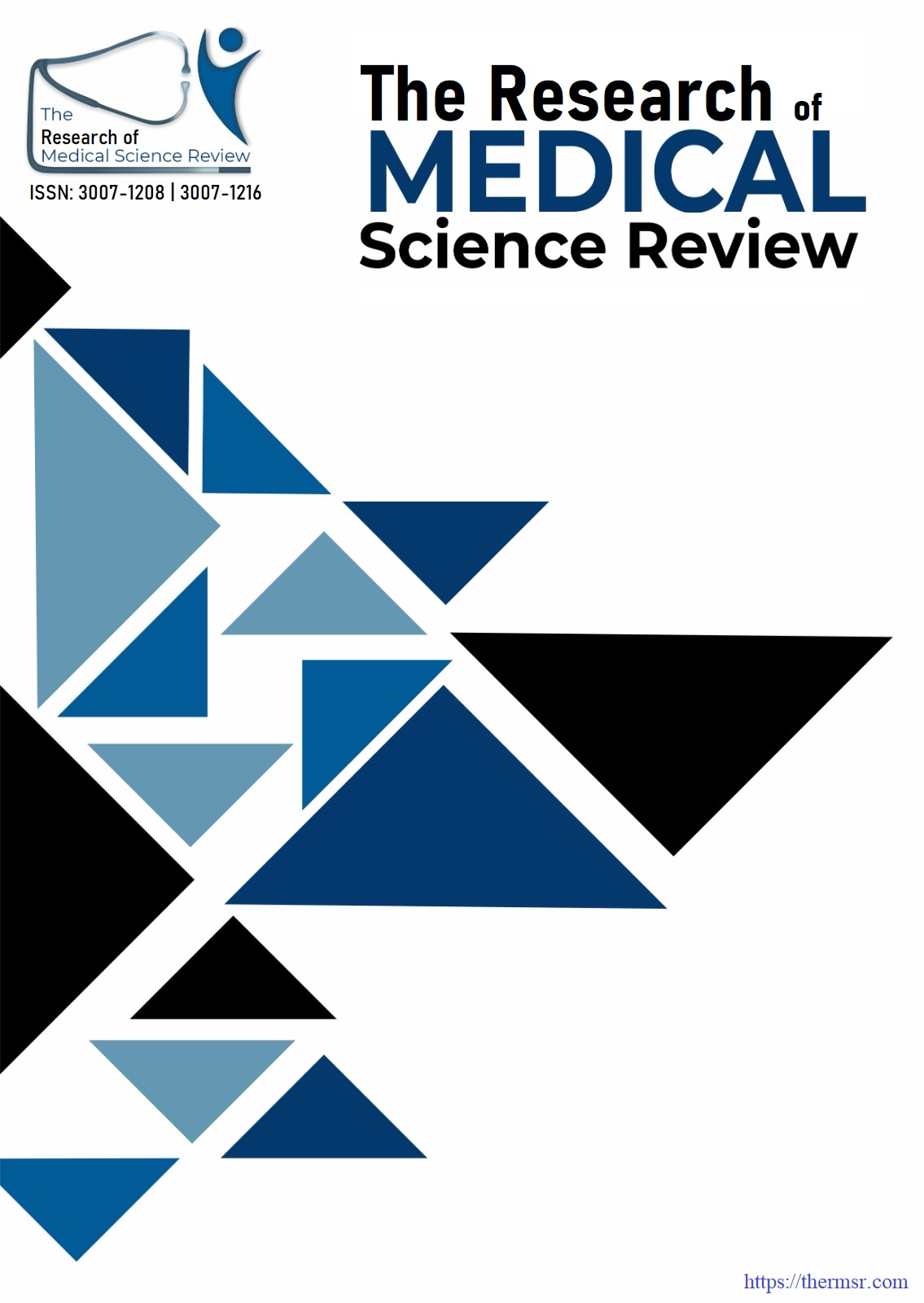SYNERGISTIC MECHANISM OF ANTIMICROBIAL PEPTIDES AND COPPER NANOPARTICLES IN BACTERIAL INFECTION MANAGEMENT
Main Article Content
Abstract
The rise of antimicrobial resistance (AMR) poses a significant challenge to global health, demanding the development of novel therapeutic strategies. This study investigates the synergistic mechanism between antimicrobial peptides (AMPs) and copper nanoparticles (CuNPs) in bacterial infection management. AMPs, known for their ability to disrupt bacterial membranes, act rapidly, compromising bacterial cell integrity. CuNPs, on the other hand, exhibit antimicrobial properties through reactive oxygen species (ROS) generation, protein dysfunction, and membrane destabilization. The combination of AMPs and CuNPs was assessed for its enhanced antibacterial efficacy against both Gram-positive (Staphylococcus aureus) and Gram-negative (Escherichia coli) bacteria. Results showed a significant reduction in bacterial viability, exceeding 90%, compared to individual treatments. Mechanistic studies revealed increased membrane permeabilization and elevated ROS production in the synergistic treatment, leading to accelerated bacterial cell death. These findings suggest that AMP CuNP complexes not only enhance antibacterial activity but also present a promising approach for combating multidrug-resistant bacterial infections, offering potential applications in clinical therapies and biomedical fields.
Downloads
Article Details
Section

This work is licensed under a Creative Commons Attribution-NonCommercial-NoDerivatives 4.0 International License.
